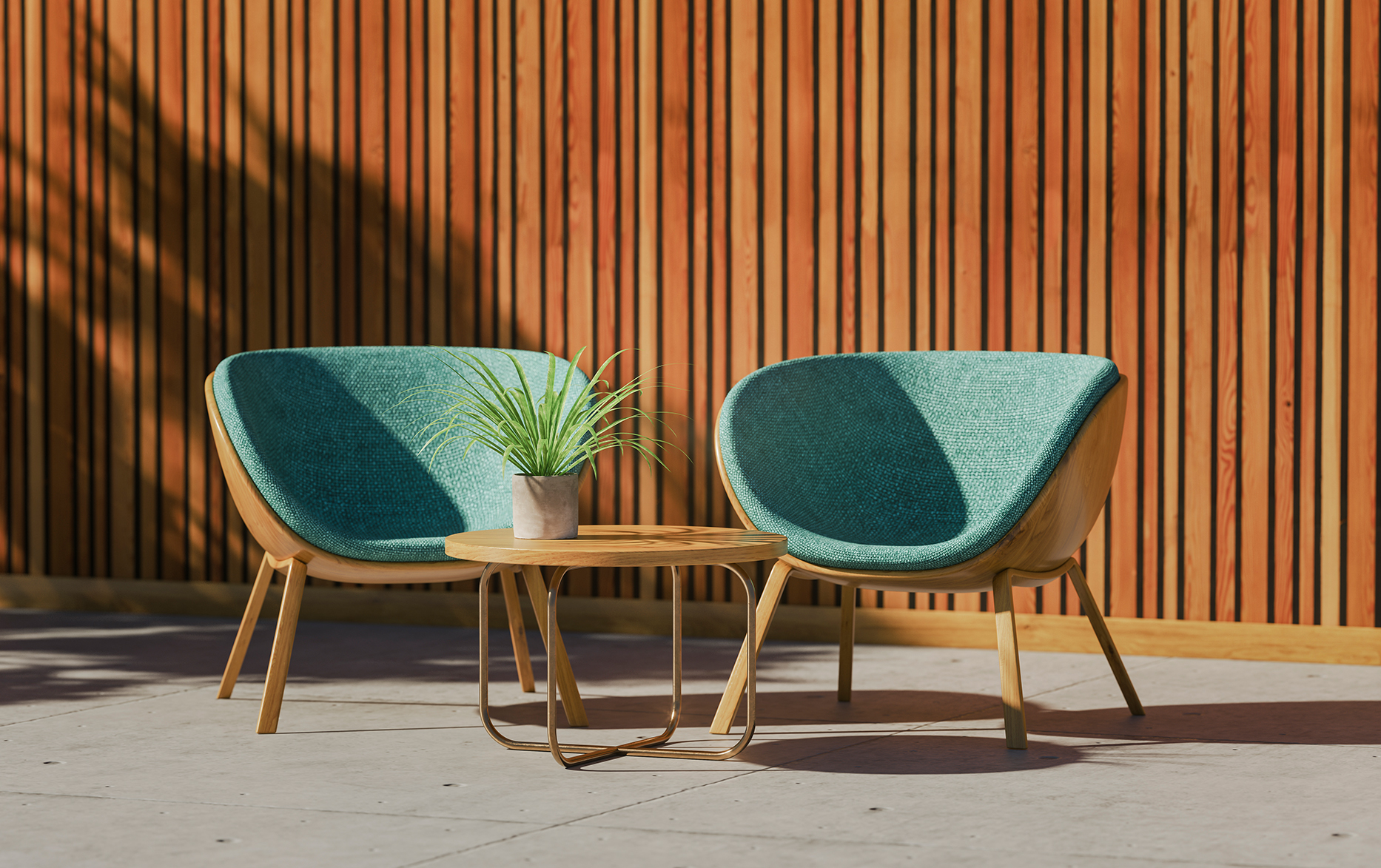

What You Need
Homeowners love the classic-beauty appeal and durability of wood furniture, particularly for its low maintenance needs. But while every type of wood (and its stain or finish) is different, wood or virtually any kind is vulnerable to potential degradation over time, damage from wear and tear, and moisture changes from seasonal humidity.
Additionally, wood can easily become damaged if you're too rough with your cleaning methods. You should skip scouring tools, such as steel wool or wire-bristled brushes, that can leave scratches behind on your wood furniture. Avoid abrasive cleaners, acids, and powdered cleansers that can have the same damaging effects.
Popular natural cleaning solutions often include white vinegar or baking soda. At best, vinegar can help in removing soap scum and mineral deposits, though it's not as thorough or versatile a cleaner as one might like for cleaning wood furniture. Additionally, cleaning with a mixture of baking soda and water usually leaves a stubborn white film behind, requiring you to do multiple wipe downs.
Simple Green All-Purpose Cleaner removes grease and grime from wood surfaces, while the biodegradable* formula makes it safer for use at home. The powerful degreaser also wipes away fingerprints and removes dirt, grease, grime and built up residue, leaving behind a streak-free surface that won't harm the wood's finish.
Using the directions below, spot-clean any time you notice fingerprints, spatters and other marks, and deep clean at least once a month.
Although Simple Green is safe enough to use on almost any washable surface, it is not intended for use on unfinished or untreated wood. If you're unsure about how Simple Green will affect a surface, be sure to spot test on an inconspicuous area before cleaning.